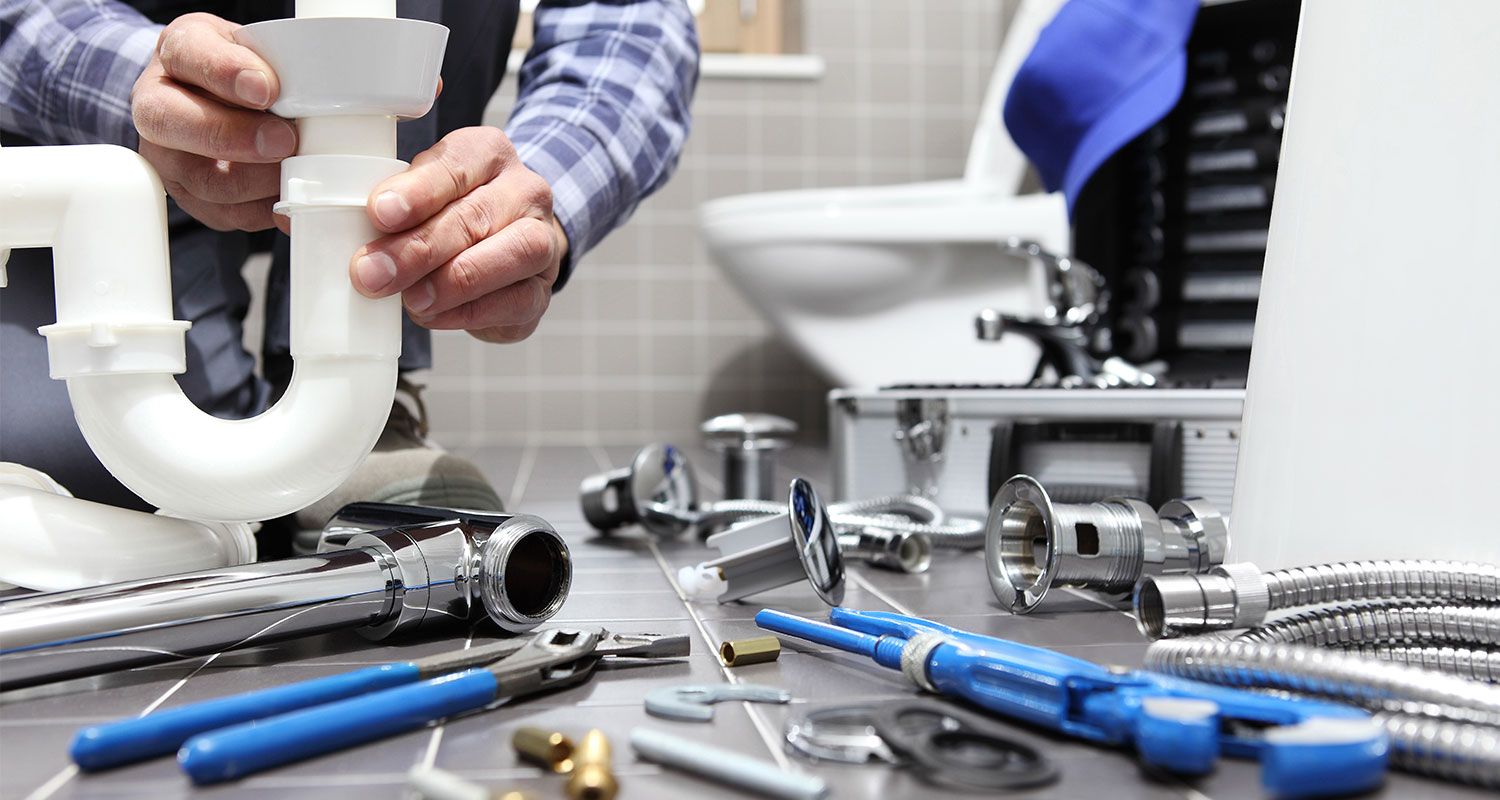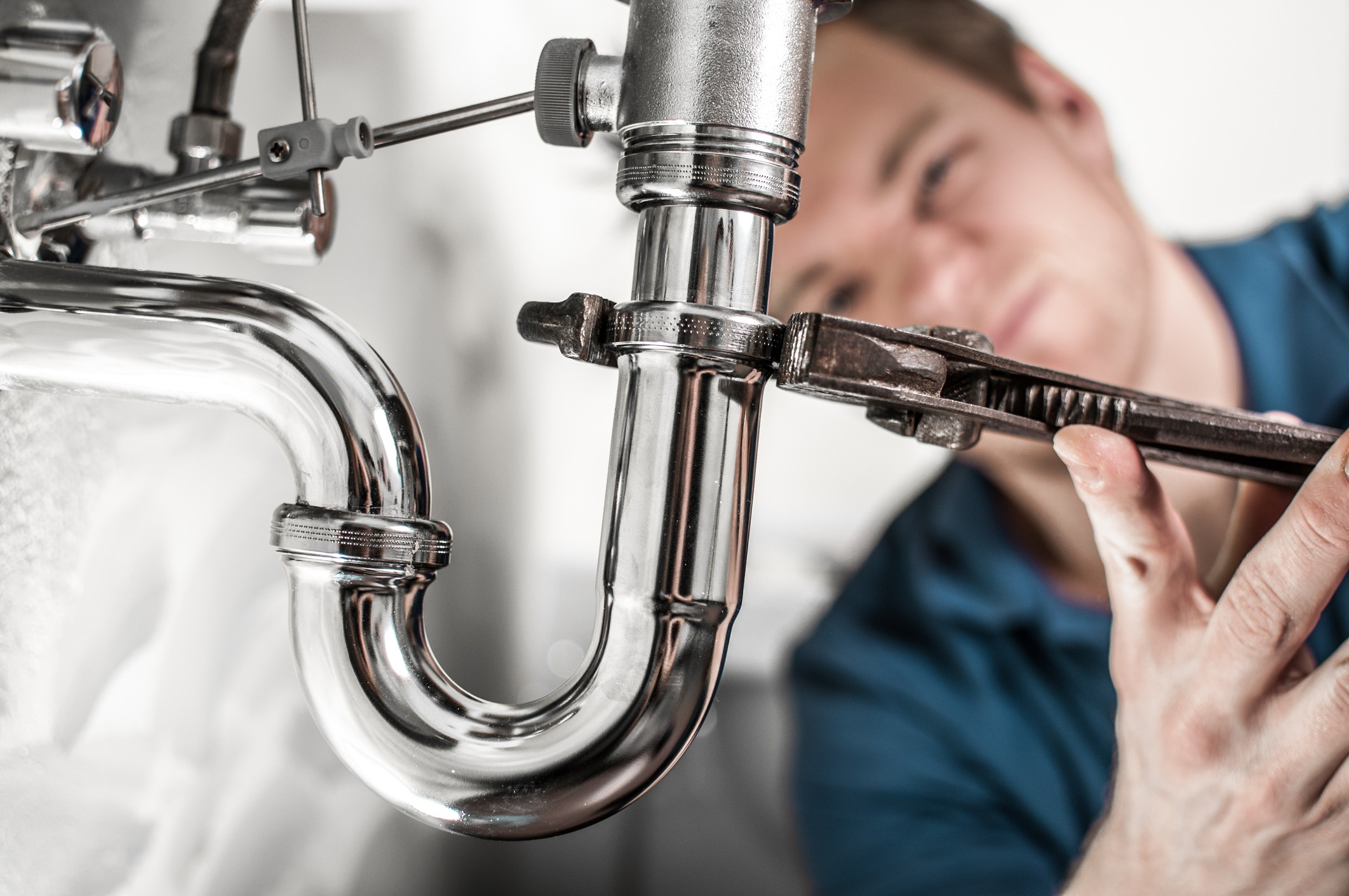Quick and Efficient Drain Cleaning Alabaster AL Services Available
Quick and Efficient Drain Cleaning Alabaster AL Services Available
Blog Article
A Step-by-Step Overview to Effective Hot Water Heater Installation for Optimum Efficiency
Beginning on the job of installing a water heating unit is an endeavor that requires precision and an organized method for achieving optimum performance. The process begins with the essential decision of selecting the proper heating unit tailored to the certain demands of your house, considering variables such as energy, kind, and dimension resource. When chosen, preparing the setup location to fulfill security requirements is critical. The trip doesn't finish below. As you continue, the details of attaching supply of water lines and establishing reputable electrical or gas connections wait for, appealing understandings into guaranteeing performance and reliability.
Choosing the Right Hot Water Heater

Following, consider the size and ability of the hot water heater. It's vital to assess your home's hot water requirements, which can differ based upon the number of owners and their use patterns. An unit that's too little might lead to inadequate warm water, while an extra-large design could lead to unnecessary power consumption.
Performance ratings likewise play an essential role in choice. Search for water heating systems with high Energy Variable (EF) ratings, suggesting superior efficiency and decreased energy use. Tankless versions, though typically much more costly in advance, offer substantial power financial savings over time due to their on-demand heating capabilities.
Preparing the Setup Area
Before installing a brand-new water heating system, meticulous preparation of the installment location is important. It's critical to determine the area carefully to suit the water heating system's dimensions, making certain adequate clearance around the system for reliable operation and servicing.
Examine the floor for stability, as the water heater will certainly need a strong, degree surface area to run efficiently. If required, set up a drip pan underneath the device to catch possible leakages or spills, avoiding water damages to the surrounding location.
In addition, make certain that all needed tools and products are on hand prior to beginning the installation. This includes items such as wrenches, screwdrivers, a degree, and any kind of extra equipment required for protecting the heater and installing. A well-prepared installment location sets the structure for a successful water heating unit configuration, maximizing efficiency and security.
Connecting Supply Of Water Lines
When linking supply of water lines to your freshly set up water heating unit, it is essential to guarantee that all connections are leak-free and protected to maintain effective procedure and stop water damage. Begin by identifying the cold and hot supply of water lines. The chilly water inlet is generally noted with a blue tag or a "C", while the warm water electrical outlet is noted with a red label or an "H".
Use versatile water heating system connectors to promote a simpler installment procedure. website link Before affixing the adapters, place a plumbing technician's tape around the threaded ends of the water heating system's inlet and outlet pipes.
Once links remain in place, slowly switch on the major supply of water valve. Inspect each link for leaks by visually feeling and inspecting for dampness. Tighten connections as necessary, and make sure the pressure safety valve is correctly installed, protecting versus too much pressure accumulation.
Setting Up Electrical or Gas Links
Correctly setting up the electric or gas connections for your water heater is an important step to ensure reliable and secure procedure. For electric water heaters, start by verifying that the electrical circuit is compatible with the heater's voltage and amperage demands.
For gas water heaters, security is vital. Attach the gas line to the water heating system making use of an adaptable gas port, ensuring it is correctly threaded and secured with pipeline joint compound or Teflon tape suitable for gas connections.
Once links are made, evaluate for any potential leaks. For gas lines, use a soapy water remedy to the joints; bubbles show a leak. For electrical connections, confirm that all electrical wiring is secure and effectively protected, preserving conformity with regional electrical codes.
Adjusting and checking for Effectiveness
With the electric and gas connections firmly in place, the following step is assessing the functional performance of your water heater. Begin by carefully switching on the water supply and making sure there are no leakages at any one of the valves or joints. When verified, continue to fill the storage tank, taking notice of the pressure and temperature settings. It is a good idea to establish the thermostat to an advised temperature of around 120 ° F(49 ° C) to balance energy efficiency and comfort.
Next, perform a comprehensive evaluation to ensure the burner or gas burners are functioning appropriately. For electrical heating units, utilize a multimeter to verify if the components are drawing the suitable current. In gas versions, observe the heater flame; it should be constant and blue, showing efficient combustion.
Change visit this site right here the setups as required to eliminate ineffectiveness. Think about executing insulation actions, such as adding a water heating unit covering, to even more improve efficiency by reducing warmth loss. In addition, check the anode rod's condition, as a deteriorated pole can decrease effectiveness and result in storage tank deterioration.
Conclusion
Efficient water heating system setup is crucial for guaranteeing optimal efficiency and energy financial savings. Firmly linking water supply lines and meticulously establishing up electric or gas links minimize prospective problems.

Effectively setting up the electrical or gas connections for your water heating system is a vital action to ensure secure and reliable procedure. For electric water heaters, start by validating that the electrical circuit is compatible with the heating system's voltage and amperage demands. Attach the gas line to the water heater making use of an adaptable gas port, ensuring it is effectively threaded and secured with pipeline joint compound or Teflon tape ideal for gas links.
Report this page